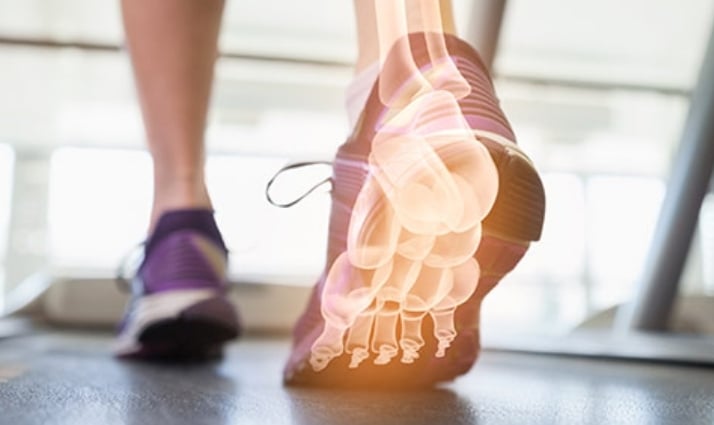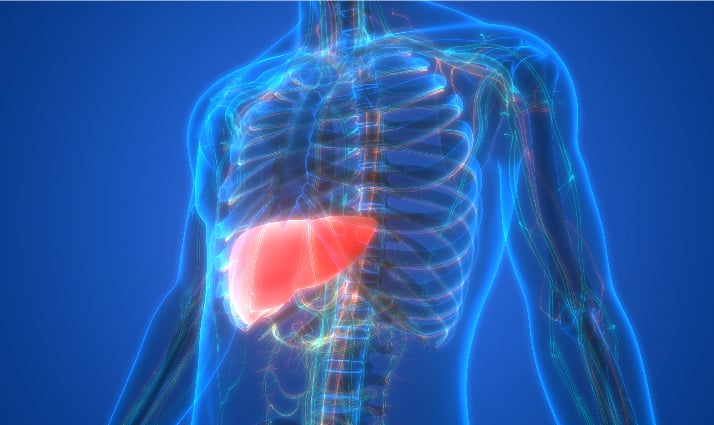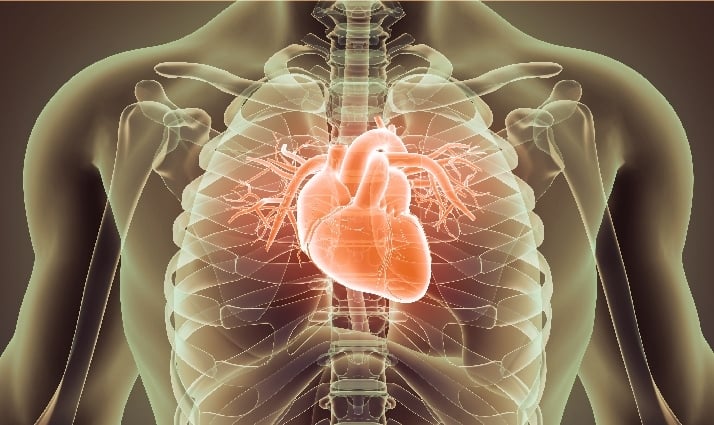Hemochromatosis: Types, Risk Factors, and Causes
June 13, 2022

Hemochromatosis is a condition where the body accumulates excess iron to harmful levels. This can lead to serious health problems in the long run since the body cannot get rid of the excess iron in the body.
It gets stored in different parts of your body. Some of which are:
- Liver
- Skin
- Heart
- Pancreas
- Joints
- Pituitary gland
Contents
- Hemochromatosis Symptoms
- Causes of Hemochromatosis
- Hemochromatosis complications
- Lifestyle Changes for Hemochromatosis
- Diagnosis for Hemochromatosis
- Treatment for hemochromatosis
- What are the warning signs of hemochromatosis?
- What is hemochromatosis caused by?
- What is the life expectancy of someone with hemochromatosis?
Hemochromatosis Symptoms
Most people don’t show visible symptoms of hemochromatosis, and even if they do find a few visible symptoms, it will definitely differ from one person to another.
A few common symptoms of hemochromatosis are:
- Extreme tiredness
- Reduced weight
- Low libido
- Pain in the abdominal region
- Skin color will change to bronze or gray
- Pain in the joint regions
Causes of Hemochromatosis
Hemochromatosis is divided into two types.
Primary Hemochromatosis
Primary Hemochromatosis, also known as hereditary hemochromatosis often results from genetic factors. The HFE gene, commonly known as the hemochromatosis gene, controls the amount of iron absorbed from food. It is present on the short arm of chromosome 6. The two most common mutations in this gene are C28Y and H63D.
Although it is common that a person who has hereditary hemochromatosis inherits one copy of a defective gene from each parent, it is not common that everyone who inherits the genes will develop the illness. Women’s hemochromatosis symptoms do not appear till after menopause. Menstruation lowers the iron level in their blood, so it is not seen until menopause. After menstruation, the levels will begin to rise again.
Secondary Hemochromatosis
This condition of hemochromatosis occurs when there is a build up of iron due to another medical condition, like erythropoietic hemochromatosis. In this type of disease, the red blood cells release enormous amounts of iron into the body since they are very weak at that point.
A few risk factors for secondary hemochromatosis include:
- Alcohol dependency
- Diabetes, heart disease, or liver disease that runs in the family
- Consuming iron or vitamin C supplements increases the iron levels in the body.
- Blood transfusions at short intervals
Also Read: Symptoms Of Heart Disease
Hemochromatosis complications
Complications mostly arise from the organs that store an excess of iron. A person affected by hemochromatosis has a higher risk of developing:
- Liver damage
- Pancreatic damage
- Joint damage
- Heart problems
- Skin discoloration
- Damage to the adrenal glands
- Erectile dysfunction and menstrual irregularities
Early detection of and maintenance of iron levels can help avoid complications in the future.
Lifestyle Changes for Hemochromatosis
There are a few measures you can take to manage your health with hemochromatosis. A few of which are:
- Iron levels are maintained with annual blood tests.
- Should reduce the intake of supplements like, multivitamins, vitamin C
- Avoiding alcohol
- Keeping an iron level log
Also Read: Alcoholic Liver Disease: Symptoms, Causes & Diagnosis
Diagnosis for Hemochromatosis
To get along with the diagnosis process of hemochromatosis, the doctor will
- Ask about your symptoms
- Ask if you are on any supplements currently?
- Ask about your personal and family medical history
- Conduct a full body test
Apart from this, a few other tests are also very important in the diagnosing process of hemochromatosis.
Blood test
A blood test, such as a serum transferrin saturation (TS) test, can be used to determine iron levels. A TS test detects how much iron is linked to transferrin, a protein in your blood that carries iron. A blood test can also provide information about your liver function.
Genetic testing
A simple DNA test can help determine if a person has genetic changes that might lead to hemochromatosis. If there is a family history of hemochromatosis, DNA testing may be beneficial for people who want to conceive a family.
Liver biopsy
The liver is the vital organ where the iron in our body gets stored. The liver is the organ that is most affected by the overload of iron. A liver biopsy will let you know if there is an overload of iron in the body.
MRI tests
MRI scans and other noninvasive tests can help you measure the iron levels in your body.
Treatment for hemochromatosis
Treating hemochromatosis is available for managing high iron levels.
Phlebotomy
The most common medical procedure is phlebotomy. This involves removing blood and iron from the body. A healthcare professional inserts a needle into a vein, and blood flows into a bag, just like when you give blood.
Chelation
This is an emerging therapy that is not widely used due to its high cost. Your doctor will give you an injection or pills to help you expel excess iron in your urine or stool.
Outlook
A person’s outlook on hemochromatosis depends on the person’s point of view of the person with respect to the disease. A person who receives treatment before any organ has been harmed has a better prognosis than someone who has had an organ damaged before receiving treatment. Treatment at the appropriate time will avoid future organ damage while reversing any existing damage. A longer lifetime is possible with early treatment.
People also ask
1. What are the warning signs of hemochromatosis?
Hemochromatosis is a disorder in which your body accumulates an excessive amount of iron. Because the body cannot get rid of excess iron in the body, this might lead to major health problems in the long run. Most people do not have obvious signs of hemochromatosis, and even when they do, the severity varies from person to person.
The few common symptoms are,
- Fatigue and weakness
- Weight loss
- A low sex drive
- Abdominal pain
- Bronze or gray skin color
- Joint pain
2. What is hemochromatosis caused by?
Hemochromatosis is of two types, Primary and secondary education.
Hereditary hemochromatosis, also known as primary hemochromatosis, is frequently caused by genetic causes. Although it is usual for a person with hereditary hemochromatosis to inherit one copy of a faulty gene from each parent, the disorder does not affect everyone who inherits the genes. Women’s hemochromatosis symptoms do not appear till after menopause.
Secondary hemochromatosis occurs when iron accumulates as a result of another medical condition, such as erythropoietic hemochromatosis. Because the red blood cells are so poor in this type of sickness, they release massive amounts of iron into the body.
A few risk factors of secondary hemochromatosis include:
- Alcohol dependency
- Diabetes, heart disease, or liver disease that runs in the family
- Consuming iron or vitamin C supplements increases the iron levels in the body.
- Frequent blood transfusions
3. What is the life expectancy of someone with hemochromatosis?
Hemochromatosis can lead to a shortened life expectancy. It can even turn out to be very severe. If hemochromatosis is discovered after an organ has already been injured, it might result in lifelong liver damage. This can result in liver cancer.
It may even progress to the point where the harm is irreparable and severe. If hemochromatosis is identified before any organs are harmed, a person’s life expectancy is the same as it was before they were affected by hemochromatosis.










